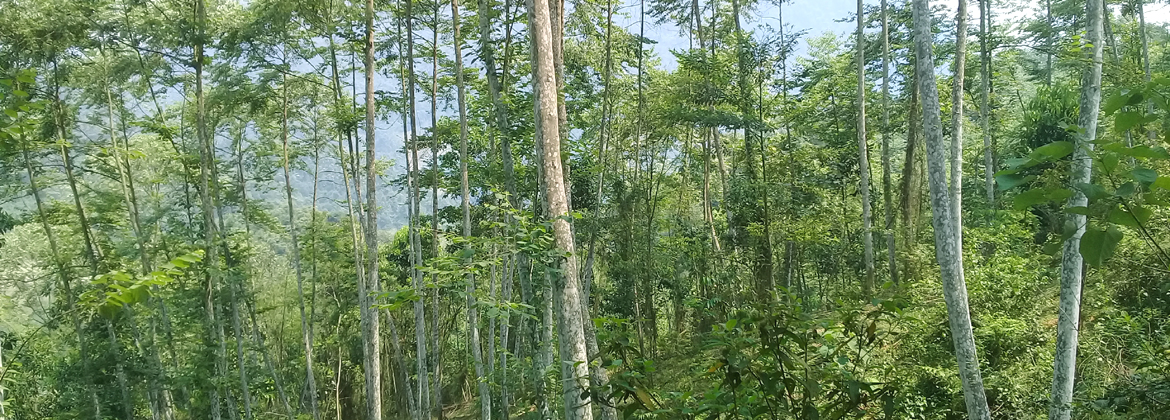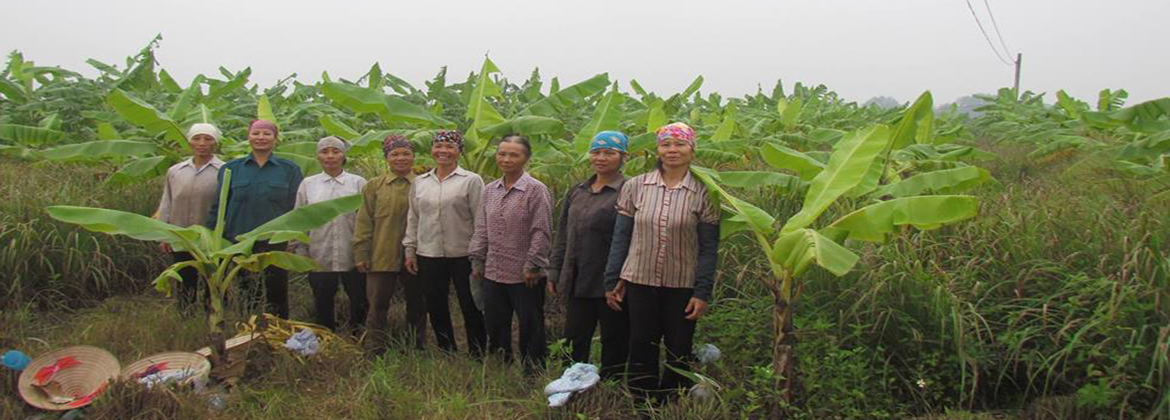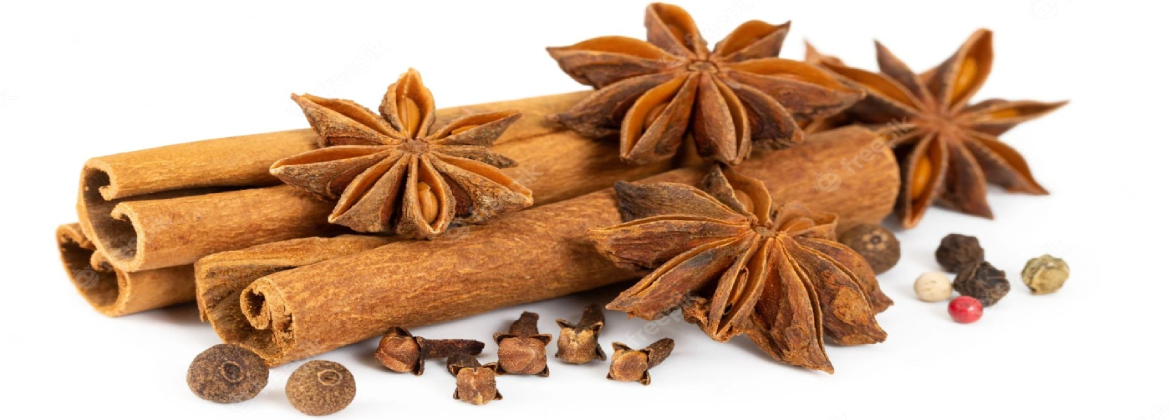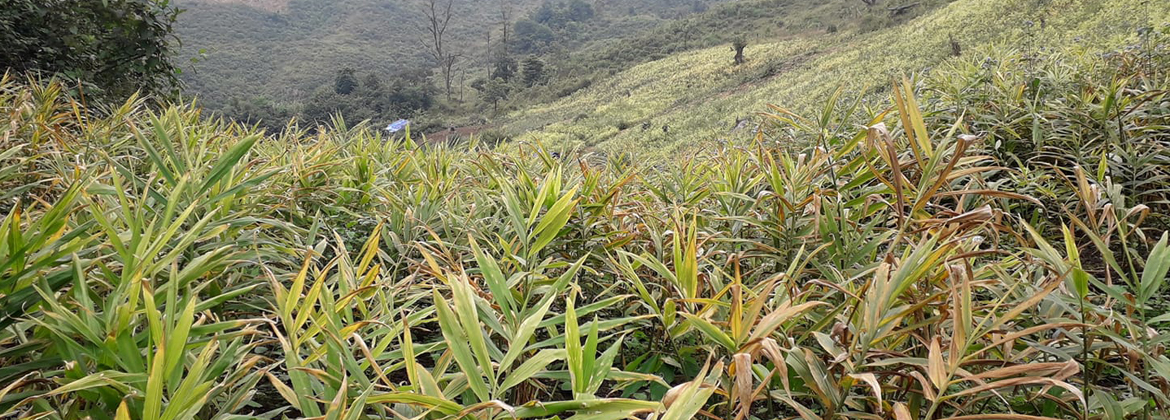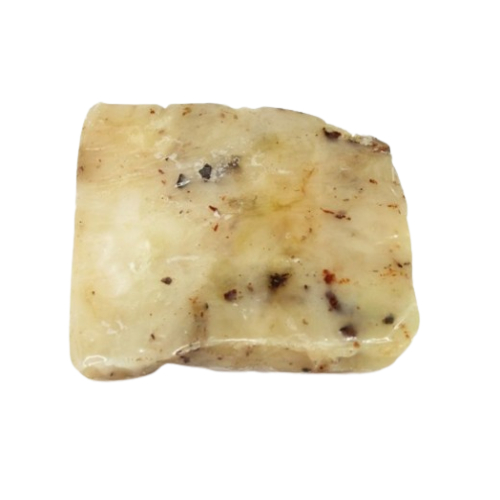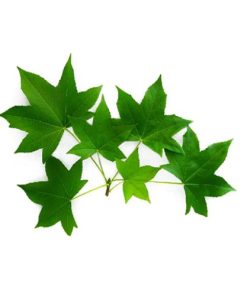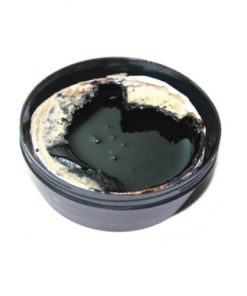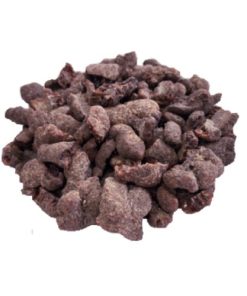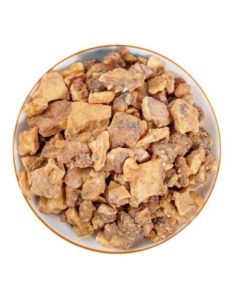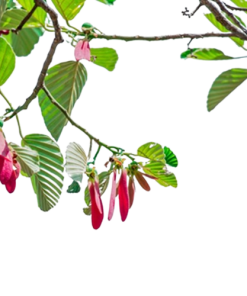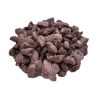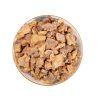ELEMI RESIN
Specifications:
Botanical name: Canarium album
Country of Origin: Vietnam
Extraction Method: Solvent extracted
Plant Part use: Resin
Appearance: Clear liquid
Color: Colorless to pale yellow
Odor: Balsamic and herbaceous
Density at 20ºC (g/cm3): 0.850 – 0.910
Refractive index at 20ºC: 1.4650 – 1.4950
Optical rotation at 20ºC 40º to 85º
Limonene (%) 40% – 72%
13.500 $
PLANT DESCRIPTION
Elemi is a tropical tree that is native to the Vietnam and Asia; however, it has had a widespread use in the Middle East for centuries. Elemi belongs to the Burseraceae botanical family. It grows up to ninety-eight feet in height. When the elemi tree sprouts leaves, it exudes a natural resin gum that is collected and then steam distilled to produce elemi essential oil.
ELEMI OIL SPECIFICATION
Appearance: Clear mobile liquid
Density at 20ºC (g/cm3): 0.850 – 0.910
Refractive index at 20ºC: 1.4650 – 1.4950
Optical rotation at 20ºC 40º to 85º
Main components:
Sabinene (%) 3.00 – 8.00
Alpha phellandrene (%) 10% – 24%
Limonene (%) 40% – 72%
Terpineol alpha (%) 0.4 – 3.0%
Elemol (%) 1.0% – 25.0%
Elemicine (%) 0.5% – 8.0%
ELEMI OIL USE
As distilled oils derived from resins, Elemi and Frankincense oils share some similarities. Like Frankincense Essential Oil, Elemi Oil is rich in monoterpenes.
Called as the “poor man’s frankincense,” the elemi shares characteristics similar to frankincense and myrrh. The scent of elemi essential oil is fresh, spicy and lemony, perfect as a middle note for perfumes. It is a natural analgesic, anti-inflammatory and antiseptic. Used by countless people to help soothe muscles, calm nerves and aid minor respiratory problems but perhaps the biggest claim to fame of elemi essential oil is its contribution to reduction of wrinkles and rejuvenation of skin.
For many years, it has been a popular ingredient in a lot of mainstream perfumes and has been regarded highly for its exotic scent and rarity.
Storage: Store in airtight containers in cool & dry place away from light & heat.
Caution: Possible skin sensitivity. Keep out of reach of children. If you are pregnant, nursing, or under a doctor’s care, consult your physician. Avoid contact with eyes, inner ears, and sensitive areas.
Certificate of Analysis
CERTIFICATE OF ANALYSIS
No: 01/ 2024/ BODER
Product name |
BENZOIN SIAM OIL |
Botanical Source |
Starax tonkinensis |
Manufacturing date |
01/2024 |
Expiry date |
01/2027 |
Origin |
Vietnam |
Batch No. |
BODER0124 |
Cas No. |
9000-72-0 |
FEMA |
2133 |
No |
Specifications |
Standards |
Results |
01 |
Appearance |
Viscous to paste liquid
|
Complies |
02 |
Colour |
Orange-amber to brown resinous mass |
Complies |
03 |
Odour |
Characteristic odour of balsamic, sweet, vanilla odour |
Complies |
04 |
Solubility |
Soluble in alcohol & Insoluble in water |
Complies |
05 |
Chemical composition |
Proplylene Glycol, (PG 50%), Benzoic acid, Coniferyl benzoate, Vanillin, Benzyl benzoate |
Complies |
06 |
Conclusion |
Comply all of the standards for Benzoin Siam Oil. |
|
Storage: Store in airtight containers in cool & dry place away from light & heat.
Caution: Possible skin sensitivity. Keep out of reach of children. If you are pregnant, nursing, or under a doctor’s care, consult your physician. Avoid contact with eyes, inner ears, and sensitive areas.
MSDS
MATERIAL SAFETY DATA SHEET
(according to Regulation (EU) No. 1907/2006)
Product name: Benzoin Siam Oil
Number: BODER0621
1. IDENTIFICATION OF SUBSTANCE/PREPARATION & COMPANY.
Product name: Benzoin Siam Oil
Manufacturer/Supplier: Vietnam Essential Oil., JSC
Add: Bai Dai Village, Tien Xuan Commune, Ha Noi City, Vietnam
Emergency telephone: +84 903561868
Emergency Contact: Mr. Peter Tron
2. COMPOSITION / INFORMATION ON INGREDIENTS.
Definition/Botanical Origin: Definition: Benzoin Siam Resinoid obtained by solvent extract from the gum of the Styrax tonkinensis tree original Vietnam.
Composition: Benzoin Siam Resinoid 100% pure & natural
CAS No: 9000-72-0
FEMA: 2133
INCI Name: Styrax tonkinensis Resinoid
3. HAZARDS IDENTIFICATION:
This product is not hazardous. Not dangerous for the environment.
H304 May be fatal if swallowed and enters airways
H315 Causes skin irritation
H317 May cause an allergic skin reaction
H319 Causes serious eye irritation
4. FIRST-AID MEASURES:
Inhalation: Remove from exposure site to fresh air. Keep at rest. Obtain medical attention.
Eye contact: Rinse immediately with plenty of water for at least 15 mins. Contact a doctor if symptoms persist.
Skin contact: Remove contaminated clothes. Wash thoroughly with soap & water, flush with plenty of water. If irritation persists, seek medical advice.
Ingestion: Rinse mouth out with water. Seek medical advice immediately.
Other: When assessing action take Risk & Safety Phrases into account (Section 15)
5. FIRE FIGHTING MEASURES.
Extinguishing media Use CO2, Dry Powder or Foam type Extinguishers, spraying extinguishing media to base of flames. Do not use direct water jet on burning material.
Special measures: Avoid vapour inhalation. Keep away from sources of ignition. Do not smoke. Wear positive pressure self-contained breathing apparatus & protective clothing.
Extinguishing procedures: Closed containers may build up pressure when exposed to heat and should be cooled with water spray.
6. ACCIDENTAL RELEASE MEASURES.
Personal precautions: Avoid inhalation & direct contact with skin & eyes. Use individual protective equipment (safety glasses, waterproof-boots, suitable protective clothing) in case of major spillages.
Environment precautions: Keep away from drains, soils, surface & groundwaters.
Cleaning up methods Remove all potential ignition sources. Contain spilled material. Cover for spillages: with an inert or non-combustible inorganic absorbent material, sweep up and remove to an approved disposal container. Observe state, federal & local disposal regulations.
7. HANDLING & STORAGE.
Precautions in handling: Apply good manufacturing practice & industrial hygiene practices, ensuring proper ventilation. Observe good personal hygiene, and do not eat, drink or smoke whilst handling.
Storage conditions: Store in tightly closed original container, in a cool, dry & ventilated area away from heat sources & protected from light. Keep air contact to a minimum.
Fire protection: Keep away from ignition sources & naked flames. Take precautions to avoid static discharges in working area.
8. EXPOSURE CONTROLS/PERSONAL PROTECTION.
Respiratory protection: Avoid breathing product vapour. Apply local ventilation where possible.
Ventilation: Ensure good ventilation of working area.
Hand protection: Avoid all skin contact. Use chemically resistant gloves if required.
Eye protection: Use safety glasses.
Work/Hygiene practices: Wash hands with soap & water after handling.
9. PHYSICAL & CHEMICAL PROPERTIES.
Appearance: Viscous oil to paste
Colour: Orange-amber to brown resinous mass
Odour: Sweet, Balsam, Vanilla
Specific gravity at 20℃: not available
Refractive Index at 20℃: not available
Optical rotation at at 20℃: not available
Main components: Benzoic acid, Proplylene Glycol
Solubility: Insoluble in water./ Solubility in alcohol, solvents
10. STABILITY & REACTIVITY.
Reactivity: It presents no significant reactivity hazards, by itself or in contact with water. Avoid contact with strong acids, alkali or oxidising agents.
Decomposition: Liable to cause smoke & acrid fumes during combustion: carbon monoxide, carbon dioxide & other non-identified organic compounds may be formed.
11. TOXICOLOGICAL INFORMATION.
According to current information, not classed as hazardous to health in normal industrial use.
12. ECOLOGICAL INFORMATION.
Biodegradability: Data not available
Precautions: Prevent surface contamination of soil, ground & surface water.
13. DISPOSAL CONSIDERATIONS.
Avoid disposing to drainage systems and into the environment. Seek expert advice.
14. TRANSPORT REGULATIONS.
Shipping by road (ADR/RID): This product is not considered as dangerous goods
Shipping by air (IATA): This product is not considered as dangerous goods
Shipping by sea (IMDG): This product is not considered as dangerous goods
UN number: not regulated
UN proper shipping name: not regulated
Transportation hazard class: not regulated
Label: Benzoin Siam Oil
15. REGULATORY INFORMATION. According to Directive 88/379/EEC
Hazards: Harmful
Symbols: n/a
Risk Phrases: Harmful if swallowed
Safety Phrases: If swallowed seek medical advice immediately and show the container / label
16. OTHER INFORMATION.
Cosmetics Directive – 7th Amendment – Not Restricted
Check maximum usage levels for skin care products.
PACKAGING:
Type |
Suitability |
Glass |
Yes |
Lacquer lined steel/tin |
Yes |
Aluminum |
Yes |
HPPE |
Yes |
SHELF LIFE:
Best before of 24 months from the date of manufacturing.
Q.C. REQUIREMENTS.
In-line with general product specification. Always satisfy suitability for specific application.
The data provided in this material safety data sheet is meant to represent typical data/analysis for this product and is correct to the best of our knowledge. The data was obtained from current and reliable sources, but is supplied without warranty, expressed or implied, regarding its’ correctness or accuracy. It is the user’s responsibility to determine safe conditions for the use of this product, and to assume liability for loss, injury, damage or expense arising from improper use of this product. The information provided does not constitute a contract to supply to any specification, or for any given application, and buyers should seek to verify their requirements and product use.
GC/MS
CERTIFICATE OF ANALYSIS
No: 01/ 2024/ BODER
Product name |
BENZOIN SIAM OIL |
Botanical Source |
Starax tonkinensis |
Manufacturing date |
01/2024 |
Expiry date |
01/2027 |
Origin |
Vietnam |
Batch No. |
BODER0124 |
Cas No. |
9000-72-0 |
FEMA |
2133 |
No |
Specifications |
Standards |
Results |
01 |
Appearance |
Viscous to paste liquid
|
Complies |
02 |
Colour |
Orange-amber to brown resinous mass |
Complies |
03 |
Odour |
Characteristic odour of balsamic, sweet, vanilla odour |
Complies |
04 |
Solubility |
Soluble in alcohol & Insoluble in water |
Complies |
05 |
Chemical composition |
Proplylene Glycol, (PG 50%), Benzoic acid, Coniferyl benzoate, Vanillin, Benzyl benzoate |
Complies |
06 |
Conclusion |
Comply all of the standards for Benzoin Siam Oil. |
|
Storage & Cautions
Store at ambient temperature, dry and well-ventilated area, away from heat source and protected from light.
Avoid contact with skin & eyes.
Review
ss


